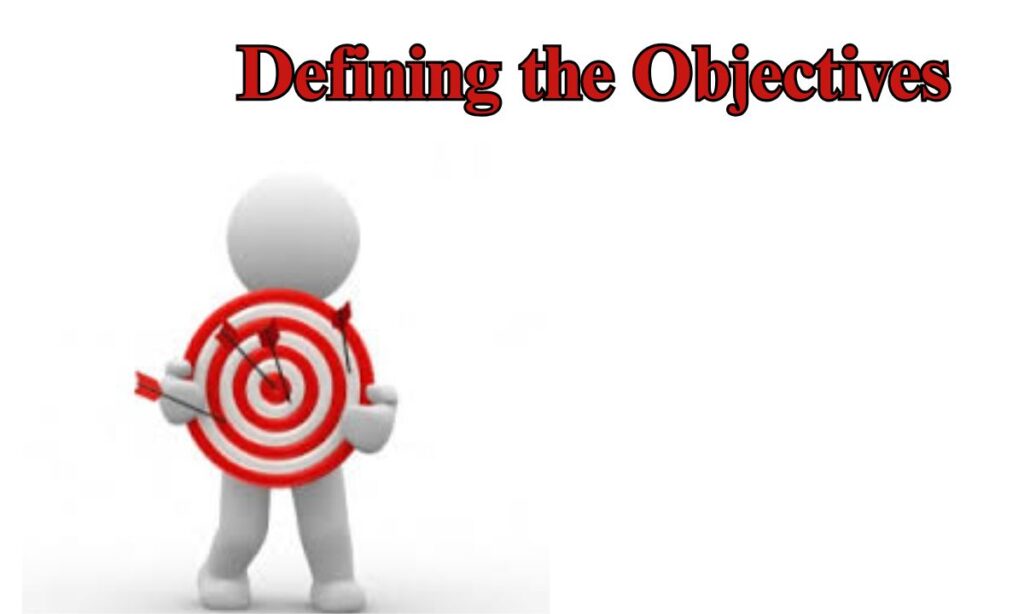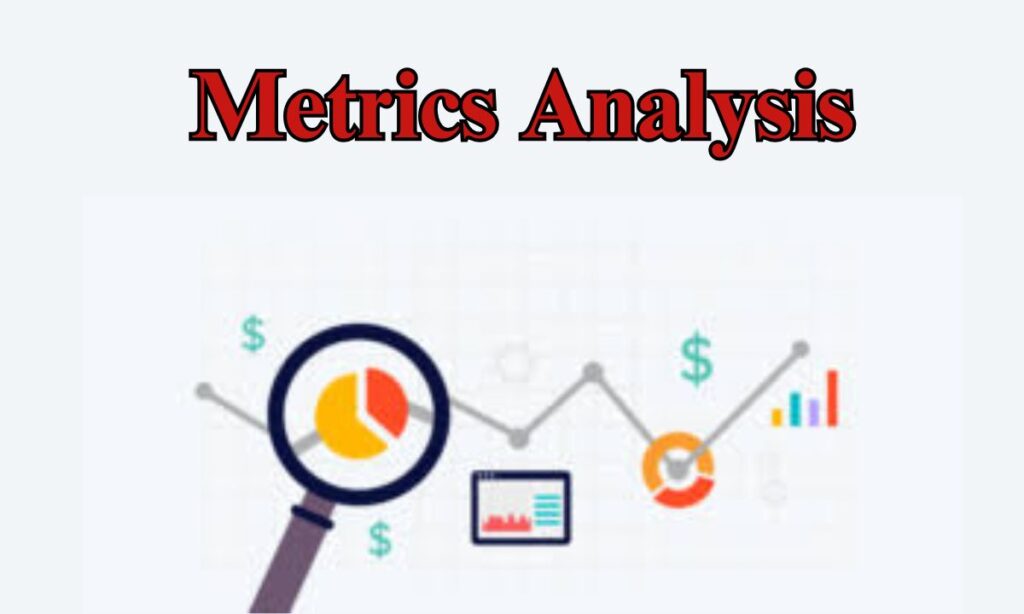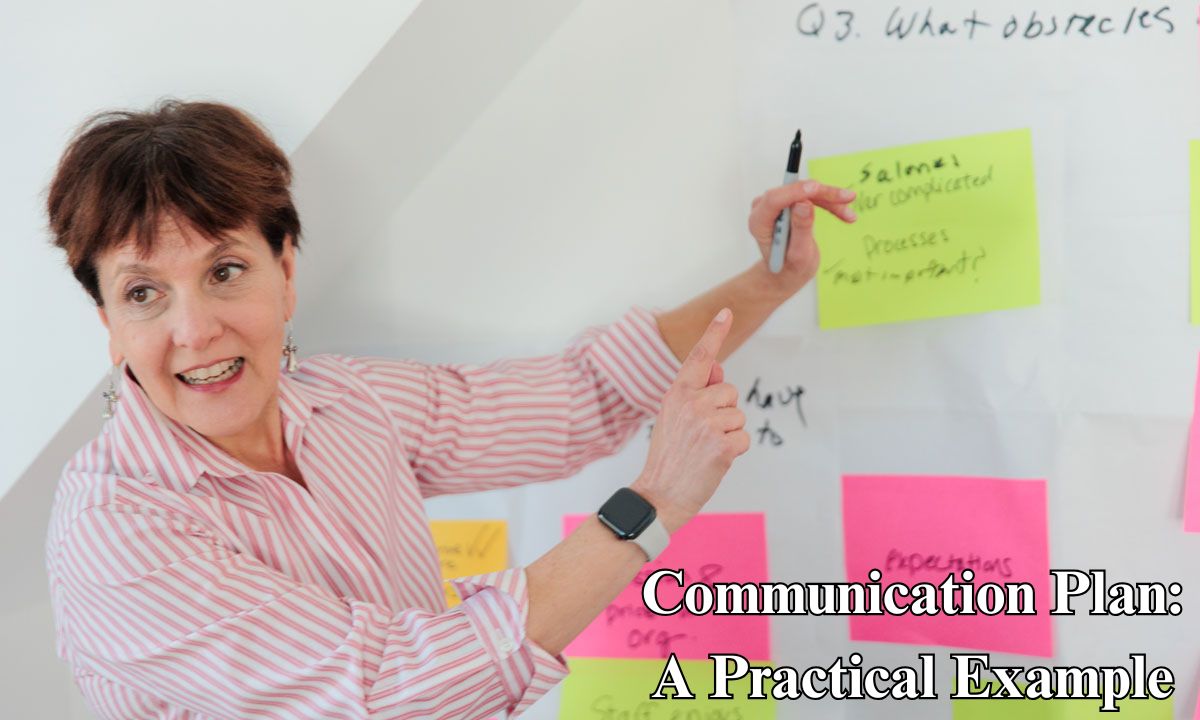A communication plan serves as the backbone of successful project management and stakeholder engagement. It transforms scattered thoughts and ideas into a structured framework that guides every interaction.
Understanding how to create and implement an effective communication strategy can mean the difference between project success and failure.Every organization needs a roadmap for how they share information.
A well-crafted strategic communication approach ensures everyone stays informed, engaged, and aligned with common goals. This practical guide will walk you through real-world examples and actionable steps to develop your own comprehensive plan.
The modern business landscape demands effective communication across multiple channels and diverse audiences. Companies that master this art see improved stakeholder satisfaction, better team collaboration, and measurable project outcomes.
Context Analysis: Defining Objectives and Audience
Context analysis forms the foundation of any successful communication framework. This critical first step involves understanding your environment, competition, and current market trends. Without proper context, even the most creative campaigns fall flat.
Smart organizations begin by examining their internal and external landscape. They identify key challenges, opportunities, and resources available for their communication activities. This analysis shapes every decision that follows in the planning process.
The strategic approach requires a deep understanding of where you stand today and where you want to go tomorrow. Market research, competitor analysis, and internal assessments provide the data needed for informed decision-making. This groundwork prevents costly mistakes and ensures your efforts target the right areas.
Stakeholder mapping becomes essential during this phase. You need to identify who influences your project success and how they prefer to receive information. This knowledge directly impacts your channel selection and message architecture decisions.
READ THS BLOG : Which U.S. Cities Are the Most Dangerous?
Defining the Objectives
Clear communication objectives drive everything else in your plan. The SMART objectives framework provides structure for goal-setting that leads to measurable results.
Each objective must be specific, measurable, achievable, relevant, and time-bound.Specific objectives eliminate confusion and provide clear direction for your project execution.

Instead of vague goals like “improve awareness,” craft detailed targets such as “increase product awareness among industry professionals by 25% within three months.” This specificity guides your content strategy and resource allocation decisions.
Measurable goals enable performance tracking and success measurement. Numbers don’t lie, and they provide concrete evidence of your communication effectiveness. Whether tracking social media engagement, email open rates, or website traffic, measurable objectives keep you accountable.
Identifying the Audience
Target audience identification goes far beyond basic demographics. Successful audience analysis explores psychographics, behaviors, preferences, and pain points. This deeper understanding enables audience segmentation that improves message impact.
Demographic characteristics provide the starting point for audience segmentation. Age, gender, education level, income, and location create initial audience profiles. However, these surface-level details only tell part of the story about your customer personas.
Audience behavior patterns reveal how people consume information and make decisions. Understanding when, where, and how your audience engages with content shapes your content distribution strategy. Digital natives behave differently than traditional media consumers.
Stakeholder interests vary significantly across different audience segments. What motivates one group may bore or alienate another. Successful communicators tailor their approach to match specific audience preferences and stakeholder interests.
Selecting Communication Channels
Channel selection requires matching your communication methods with audience preferences and message types. Different communication channels serve different purposes and reach audiences in unique ways. The key lies in creating a multi-channel approach that maximizes reach and engagement.
Digital platforms dominate modern communication strategies. Social media marketing, email marketing, and websites form the core of most digital approaches. Each platform has unique characteristics that influence how you craft and deliver messages.
Social media marketing excels at building community engagement and fostering real-time conversations. Platforms like LinkedIn target professional audiences, while Instagram appeals to visual communicators. Understanding these nuances improves your platform optimization efforts.
Email marketing remains highly effective for direct, personalized communication. It enables detailed message delivery and provides excellent tracking capabilities. Email works particularly well for internal communication and nurturing stakeholder relationships.
Creating a Key Message: Clarity and Consistency
Key messaging forms the heart of every successful communication plan. These core messages must be clear, memorable, and consistent across all communication channels. Effective brand messaging sticks in audience minds and motivates desired actions.
Message consistency builds trust and reinforces key messages through repetition. When audiences hear the same core themes across multiple touchpoints, credibility increases. Inconsistent messaging confuses audiences and weakens communication effectiveness.
Tone of voice shapes how audiences perceive your messages. The same information can sound professional, friendly, urgent, or casual depending on word choice and style. Establishing clear tone of voice guidelines ensures consistency across all communication activities.
Content creation must align with your established messaging framework. Every piece of content should reinforce key messages while serving specific audience needs. This alignment creates a cohesive experience that strengthens audience connection.
Time Planning: Calendar and Activity Sequencing
Timeline management transforms communication plans from ideas into actionable schedules. Effective time planning coordinates multiple activities while maintaining flexibility for unexpected changes. This organization prevents overlaps and ensures consistent message flow.
Resource allocation requires realistic assessment of available time, budget, and personnel. Over-ambitious scheduling leads to rushed execution and poor quality results. Smart planners build buffers into their timelines for unexpected challenges.
Project planning involves breaking large objectives into manageable tasks with clear deadlines. This decomposition makes complex projects feel achievable while enabling better progress tracking. Each task should have clear ownership and success criteria.
Workflow management streamlines processes and reduces bottlenecks. When team members understand their roles and dependencies, projects flow more smoothly. Clear workflows also facilitate quality control and maintain standards.
Creating an Editorial Calendar
An editorial calendar provides visual organization for all content planning activities. This tool helps maintain message consistency while ensuring regular content distribution across chosen channels. Well-planned calendars balance promotional content with valuable information.
Content calendar development requires understanding your audience’s information consumption patterns. Different audience segments engage at different times and frequencies. This knowledge shapes when and how often you publish content.
Content strategy integration ensures every piece of content serves specific objectives. Random content publishing wastes resources and confuses audiences. Strategic content supports communication goals while providing genuine value to readers.
Content creation workflows need adequate time for research, writing, review, and approval. Rushed content often contains errors and fails to meet quality standards. Building realistic timelines improves final output quality.
Editorial calendar tools range from simple spreadsheets to sophisticated software platforms. Choose tools that match your team size, complexity needs, and budget constraints. The best calendar is one your team actually uses consistently.
Activity Sequencing
Activity sequencing creates logical flow that guides audiences through planned communication activities. Smart sequencing builds awareness, generates interest, and motivates action through carefully timed touchpoints. Random activity timing reduces overall campaign effectiveness.
The implementation phase requires careful coordination of multiple moving parts. Different activities have varying lead times and dependencies. Understanding these relationships prevents scheduling conflicts and ensures smooth execution.
Execution timeline development involves working backward from key deadlines to identify all required activities. This reverse planning approach reveals potential bottlenecks and resource conflicts before they become problems. Early identification enables proactive solutions.
Process optimization streamlines activity sequences to eliminate waste and improve efficiency. Regular review of workflows identifies opportunities for improvement. Optimized processes reduce costs while improving quality and speed.
Project execution success depends on clear activity sequencing that accounts for dependencies and resource availability. Complex projects require detailed scheduling to prevent conflicts and ensure timely completion.
Flexibility and Adaptability
Flexibility and adaptability keep communication plans relevant in rapidly changing environments. Rigid plans often fail when circumstances change unexpectedly. Smart planners build flexibility into their frameworks while maintaining core objectives.
The review process enables regular assessment of plan performance and environmental changes. Monthly or quarterly reviews identify trends and issues that require plan adjustments. Regular reviews prevent small problems from becoming major failures.
Feedback mechanisms provide real-time insights into plan effectiveness. Stakeholder input, audience responses, and performance data guide necessary adjustments. Effective feedback loops enable continuous improvement throughout project lifecycles.
Adaptability requires balancing consistency with responsiveness. Core messages and objectives should remain stable while tactics adjust to changing conditions. This balance maintains brand messaging integrity while enabling tactical flexibility.
Continuous improvement mindset drives ongoing optimization workflow development. Each project provides learning opportunities that improve future planning and execution. Organizations that embrace learning outperform those with fixed approaches.
Measuring Results: Assessing the Plan’s Performance
Performance measurement provides objective assessment of communication effectiveness. Without measurement, you cannot identify what works, what doesn’t, and what needs improvement. Data-driven evaluation guides future planning decisions and resource allocation.
ROI analysis quantifies the financial return on communication investments. While some benefits resist easy quantification, tracking costs against measurable outcomes provides valuable insights. ROI analysis justifies communication budgets and guides future spending decisions.
Success measurement extends beyond simple metrics to examine impact on business objectives. Increased awareness means little without corresponding behavior changes. Effective measurement connects communication activities to meaningful business outcomes.
Analytics tracking provides detailed insights into audience behavior and content performance. Modern tools offer sophisticated measurement capabilities that reveal patterns and opportunities. However, data without analysis provides limited value.
Result evaluation requires comparing actual performance against planned objectives. This comparison identifies successes, failures, and areas for improvement. Honest evaluation drives better future planning and execution.
Defining KPIs
Key Performance Indicators transform abstract objectives into measurable outcomes. Well-chosen KPIs provide clear success criteria while enabling progress tracking throughout project lifecycles. Different objectives require different measurement approaches.
Performance metrics should align directly with communication objectives. Awareness campaigns track reach and impressions, while engagement campaigns focus on interactions and responses. Lead generation efforts measure conversions and qualified prospects.
Engagement metrics reveal how audiences interact with your content and messages. Time spent, click-through rates, and social sharing indicate message resonance. High engagement typically correlates with better business outcomes.
Performance indicators must be actionable and relevant to decision-making. Vanity metrics that don’t influence decisions waste time and resources. Focus on indicators that guide tactical adjustments and strategic planning.
KPI measurement requires consistent tracking methods and regular reporting. Inconsistent measurement makes trend analysis difficult and reduces data reliability. Establish standard procedures for data collection and analysis.
Metrics Analysis
Metrics analysis transforms raw data into actionable insights for process optimization. Numbers alone don’t tell the complete story. Skilled analysis reveals patterns, trends, and opportunities that guide strategic decisions.
Performance dashboard creation organizes key metrics for easy monitoring and quick decision-making. Visual dashboards make complex data accessible to stakeholders who need information but lack analytical expertise. Good dashboards balance detail with clarity.

Campaign assessment requires examining multiple metrics together to understand overall performance. Individual metrics can mislead, while comprehensive analysis reveals true campaign effectiveness. Context matters as much as numbers.
Gap analysis identifies differences between planned and actual performance. Understanding these gaps helps improve future planning accuracy and reveals implementation challenges. Consistent gaps suggest systematic issues requiring attention.
READ THIS BLOG: Fashion Careers: Guide To Fashion Stylist
Adaptability and Continuous Development
Continuous improvement mindset drives ongoing enhancement of communication capabilities. Each project provides learning opportunities that inform future planning and execution. Organizations that embrace learning consistently outperform those with fixed approaches.
The development cycle includes planning, implementation, measurement, and refinement phases. Each cycle builds on previous learning while adapting to changing circumstances. This iterative approach enables steady improvement over time.
Best practices emerge from successful projects and industry research. However, blindly copying approaches that worked elsewhere often fails. Successful adaptation requires understanding why practices work and how they fit your specific context.
Innovation in communication requires balancing proven approaches with experimental tactics. Conservative strategies provide stability while innovative approaches create competitive advantage. The best plans blend both elements appropriately.
Frequently Asked Question
What makes a communication plan effective?
An effective communication plan combines clear objectives, well-defined audiences, appropriate channel selection, and consistent measurement. The key lies in aligning all elements with business goals while maintaining flexibility for adaptation.
How often should communication plans be updated?
Communication strategies should be reviewed monthly for tactical adjustments and quarterly for strategic updates. However, major changes in objectives, audience, or market conditions may require immediate plan revisions to maintain effectiveness.
What are the most important KPIs to track?
The most important performance metrics depend on your objectives. Awareness campaigns track reach and impressions, engagement campaigns monitor interactions, and conversion campaigns measure leads and sales. Choose KPIs that directly relate to your goals.
How do you balance consistency with flexibility in communication?
Balance message consistency with tactical flexibility by maintaining stable core messages while adapting delivery methods and timing. Your fundamental brand messaging should remain constant while execution details adjust to changing circumstances and opportunities.
What channels work best for different types of messages?
Channel selection depends on message complexity, audience preferences, and desired response. Email marketing works well for detailed information, social media marketing excels for engagement, and meetings handle complex discussions best. Match channels to message types and audience needs.
Conclusion
Creating an effective communication plan requires systematic approach, careful planning, and ongoing optimization. Success comes from understanding your context, defining clear objectives, knowing your audience, and selecting appropriate channels. The key lies in maintaining message consistency while adapting tactics to changing circumstances.
Strategic communication planning transforms random activities into coordinated efforts that drive measurable results. Organizations that invest time in proper planning see improved stakeholder engagement, better project outcomes, and higher communication effectiveness. While the initial investment requires time and resources, the long-term benefits far exceed the costs.

